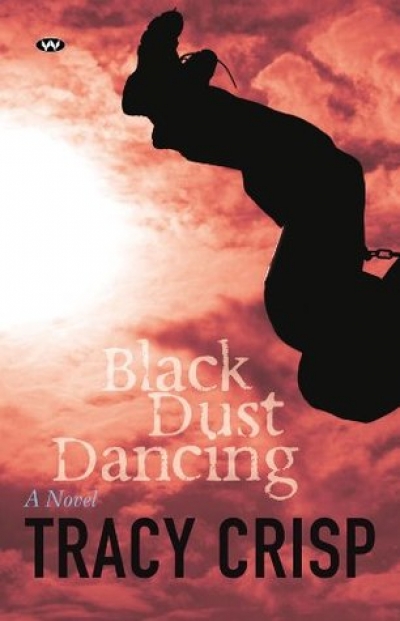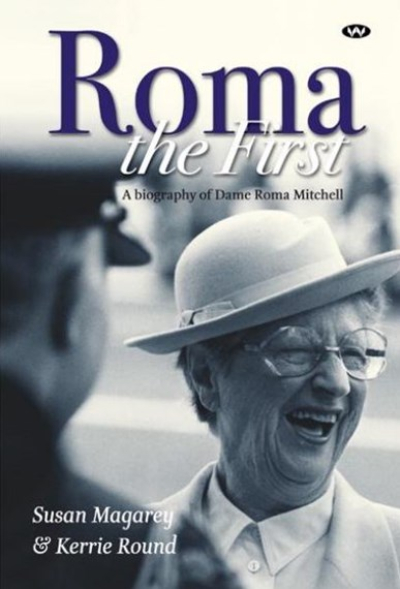Wakefield Press
Wotan’s Daughter: The Life of Marjorie Lawrence by Richard Davis
by Ian Dickson •
Bold Palates: Australia’s Gastronomic Heritage by Barbara Santich
by Sally Burton •
Dogs in Australian Art: A New History in Antipodean Creativity by Steven Miller
by Stella Gray •
Images of the Interior: Seven Central Australian Photographers by Philip Jones
by Helen Ennis •
Australia Dances: Creating Australian dance 1945–1965 edited by Alan Brissenden and Keith Glennon
by David Tissiman •
Roma the First: A biography of Dame Roma Mitchell by Susan Magarey and Kerry Round
by Alison Broinowski •










